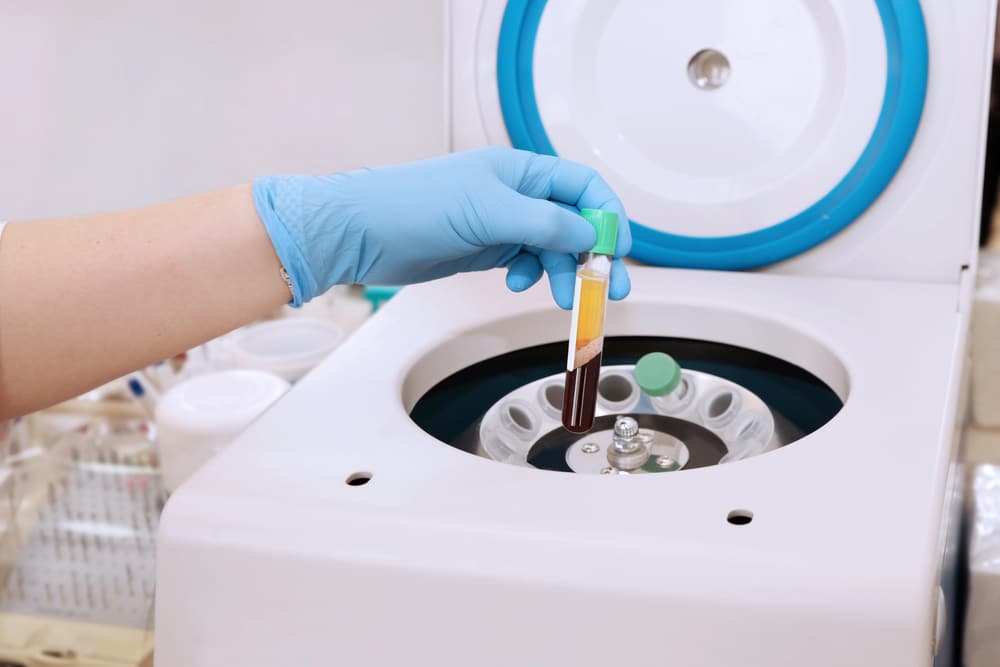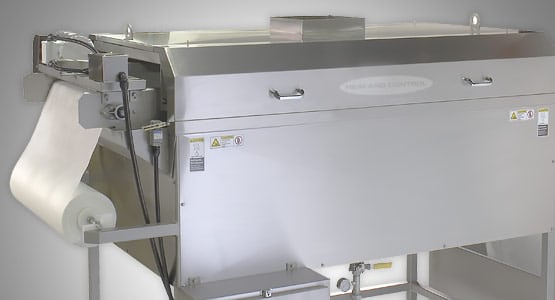What exactly is centrifugation?
According to Study.com:
Centrifugation is the process of using centrifugal force to separate the components of a solution. Learn about the definition of centrifugation, understand how it works, and see the different uses and types of centrifugation. Updated: 11/05/2021
Centrifugation Definition
Have you ever wondered how they separate skim milk from whole milk? Or how your washing machine is able to get the majority of water out of your clothes? Or how, during a blood test, the hospital is able to separate out the different pieces that make up your blood?
Well, the answer to all of these life mysteries is one and the same. Centrifugation is the process where a mixture is separated through spinning. It is used to separate skim milk from whole milk, water from your clothes, and blood cells from your blood plasma. Although centrifugation is primarily used to separate mixtures, it is also used to test the effects of gravity on people and objects. We’ll delve into all of this later in the lesson, but let’s start by discussing how centrifugation works.


How Centrifugation Works
Imagine a mixture where there are two different-sized particles. If you left this mixture out, over time the larger particles would settle to the bottom. Unfortunately, this can take a long time.
Centrifugation uses a centrifuge, or a device that can rapidly spin, to speed up this process. Imagine we put the mixture into test tubes, and those tubes into the centrifuge. The centrifuge holds the top of the tubes, and the bottom is allowed to angle out. As it spins, the larger particles would get flung out farther, and smaller particles would stay close to the center.
Why, you ask? Think about when you’re driving in a car and have stuff on your dashboard. If you take a corner too fast, all of the stuff on the dashboard falls off. This is because the objects want to keep following their original path, even when the car turns. So the objects on your dashboard continue going straight, even after the car turns and causes them to fall off.
So, back to our mixture. The centrifuge is spinning, but the particles in the mixture want to keep going straight, so they get flung outward. The larger the particle, the farther it gets flung. This is why the larger particles get flung further out than the smaller particles. So because the particles end up in different places in the centrifuge, your mixture gets separated.
Uses and Types of Centrifugation
Let’s take a moment to explore the uses of centrifugation in more detail, starting with the whole milk.
- If left alone, the fat (cream) in whole milk will separate from the liquid on its own, but centrifugation is often used to speed up the process. As the milk spins in the centrifuge, the heavier cream spins further out and is captured in separate containers.
- What about your wet jeans in the washing machine? When your washing machine is on the spin cycle, it causes the water droplets to be forced outward into the small holes in the side of your washing machine.
- Finally, when you get your blood drawn at the hospital, they must separate out its components like the red blood cells, white blood cells, and platelets from the plasma. The blood is placed in a tube inside of a centrifuge. As the blood spins, the heavier particles go to the bottom and the lighter particles go to the top.
What other uses do centrifuges have? As you might imagine, they are quite useful in the laboratory where they are used to separate pieces of cells or to isolate DNA. But there’s also more.
Believe it or not, centrifuges can be used to make nuclear weapons. For example, the uranium centrifuge is used to separate out the two forms of uranium you get when you extract uranium ore from the ground. The two forms are called uranium-235 and uranium-238 and, since the uranium-238 is slightly heavier, it gets flung out further in the centrifuge, thus separating out the uranium-235 (which is the form that is needed in weapons).









